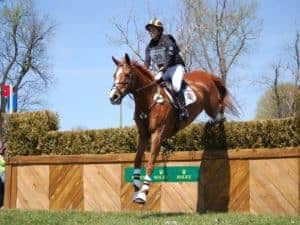Detecting Fluid Shifts in Dehydrated Horses: ACVIM 2006
Veterinarians could use a non-invasive procedure to detect fluid shifts in dehydrated horses and respond with treatment more readily than with usual methods such as blood work. C. Langdon Fielding, DVM, Dipl. ACVIM, a staff veterinarian with Loomis Basin Equine Medical Center in Loomis, Calif., said the technology, called multi-frequency bioelectrical impedance analysis (MF-BIA), uses alternating low-frequency electrical current to make predictions about body composition.
Two small needle electrodes are placed on the neck and hindquarters and attached to a small machine that makes a series of measurements and calculations over a few seconds.
Fielding, who completed the work in collaboration with University of California researchers, explained MF-BIA has been used to monitor healthy horses, but it hasn’t been used to watch acute fluid shifts in compromised patients. "It’s rapid and non-invasive, and for the most part, the horses tolerated it really well," Fielding said.
The process was more effective in measuring extracellular fluid volume (ECFV) losses than gains, and it was less useful in detecting changes in blood volume. He added, "The hope is we’re going to move on to tape-on electrodes, where we can monitor ECVF minute-by-minute
Create a free account with TheHorse.com to view this content.
TheHorse.com is home to thousands of free articles about horse health care. In order to access some of our exclusive free content, you must be signed into TheHorse.com.
Start your free account today!
Already have an account?
and continue reading.

Related Articles
Stay on top of the most recent Horse Health news with

















